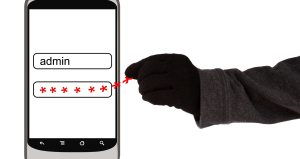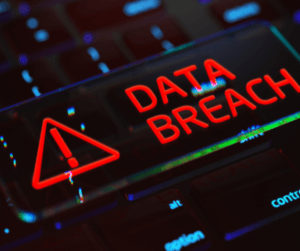With close to 60% of Australian managers and professionals either working from home full time (Source: ABS.gov.au), or at least a couple of days per week, the need to consider the security of the home working environment continues to be an area of concern for business owners.
While we can encourage our teams to avoid the pitfalls of using free public Wi-Fi, how can we ensure they are being safe online when using their own home Wi-Fi networks?
Where is the security risk?
At the hub of the home Wi-Fi network is the router. This is what connects all devices – from smartphones, to laptops, to televisions, and even your smart fridges – to the internet.
If a hacker gains access to your router, they have the capacity to do a number of things:
- Monitoring the traffic or internet activity from your devices.
- Limiting your access to the Internet.
- Gaining access to your devices.
- Diverting your website activity to phishing websites where they can steal your personal data including usernames, passwords, credit card information, and more.
Securing a home Wi-Fi network
There are a number of relatively simple ways that the home user can seek to secure their home Wi-Fi network:
Use a secure password
When setting up your home Wi-Fi, you are often provided with an existing password to use. Often then are excellent passwords in terms of their complexity and length, using a mix of upper and lower case, numbers and symbols. We recommend changing this password, but making sure that you pick a strong password that is complex and long, using a mix of upper and lower case, numbers and symbols.
Avoid using the dog’s name and your postcode, and don’t leave the password somewhere easily accessible like on the fridge!
Don’t share your Wi-Fi logins
When guests visit your home, some may ask for your Wi-Fi password. Sharing your password with a friend or family member may seem harmless, but rule number 1 with passwords is that you shouldn’t share them with anyone.
Instead, setup a guest Wi-Fi network at home that you can allow guests access to while they are visiting. Because they will be accessing the Wi-Fi via a separate network name and password, it provides a ‘barrier’ or level of security as your devices – including work laptops – will be on a different network.
Keep your firmware up to date
As new security threats are discovered, firmware companies issue operating system updates to help protect it from those threats. To be protected, you need to ensure you always download the latest updates, and the easiest way to do this is by visiting the manufacturer’s website direct to check.
Downloading and updating devices to the latest operating system also applies to things like your Apple iPhone.
Disallow ‘Remote Management’
Certain types of routers will allow for you to manage them remotely. Most regular home internet users are never going to have the need to use this feature, so it is recommended to check your router settings and have this turned off.
Strong encryption
There are 4 different types of wireless security protocols currently available, all certified by the Wi-Fi Alliance. These work to block hackers from your Wi-Fi network and encrypt your data. These are:
- Wired Equivalent Privacy (WEP)
- Wi-Fi Protected Access (WPA)
- Wi-Fi Protected Access 2 (WPA 2)
- Wi-Fi Protected Access 3 (WPA 3)
Although it can consume more processing power, we recommend selecting WPA 2 when setting up your router, as this has stronger security than its predecessor WPA.
Create a VPN
While ensuring that your employees’ home Wi-Fi setups are as secure as possible, creating a VPN (virtual private network) is another step towards cyber security in your business.
Provide cyber security training
Our people are our last line of defence against cyber threats, and unfortunately often our weakest point. As scams and cyber threats become progressively more clever, they are become harder for our staff to detect.
Comprehensive cyber security training – including real examples and tests – can enhance your team’s awareness of cyber threats, and equip them with the knowledge and skills to handle things appropriately.
Need cyber security help?
If you are unsure of where to begin when it comes to protecting your business and your employees from cyber threats, we are here to help.
Calvert Technologies can look at a holistic approach to your whole business, and we can offer cyber security audits and cyber security awareness training.
If you’d like to know more, please get in touch via our Contact page.
























